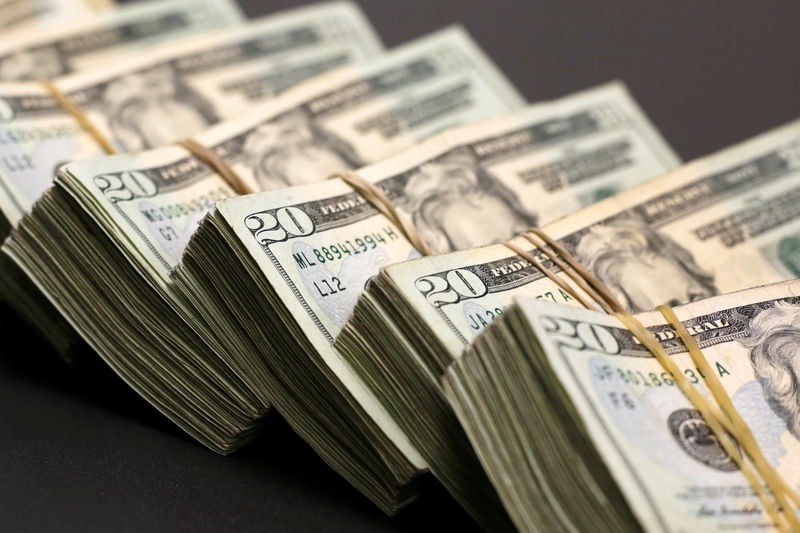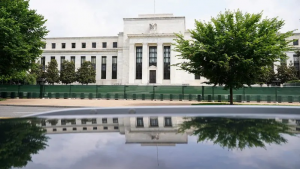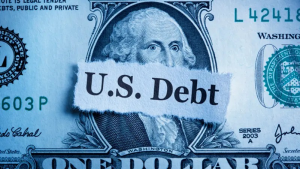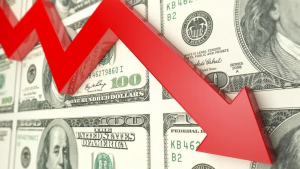Most Asian currencies weakened on Wednesday as the dollar steadied above three-year lows, with focus remaining squarely on progress on a major U.S. tax cut bill and a looming deadline for President Donald Trump’s trade tariffs.
But the greenback’s advance was stemmed by growing expectations that the Federal Reserve will cut interest rates by as soon as September.
This notion limited losses in Asian units, with the Japanese yen’s USDJPY pair remaining close to a one-month low hit on Tuesday. Focus was largely on a trade deal between Tokyo and Washington, which Trump said appeared fleeting.
The South Korean won’s USDKRW pair rose 0.4% as data showed a mild increase in consumer inflation in June, which likely gives the Bank of Korea more headroom to keep cutting interest rates.
The Chinese yuan’s USDCNY pair tread water, as did the Singapore dollar’s USDSGD pair. The Australian dollar’s AUDUSD pair fell slightly after mildly weaker-than-expected retail sales data for May.
Trump flags potential India trade deal, downplays Japan talks Trump on Tuesday flagged some progress towards a trade deal with India, which could help the South Asian country avoid steeper U.S. trade tariffs next week.
The president said he believed India was ready to lower trade barriers for U.S. companies, and that this could open a path towards staving off a planned 26% tariff rate on the country.
But Trump was far less positive on talks with Japan, after complaining about the country’s trade policies earlier this week.
3rd party Ad. Not an offer or recommendation by Investing.com. See disclosure here or remove ads. Trump said he was unsure whether a deal would be struck, and that Japan could face a 30% to 35% tariff on exports to the United States. Trump repeated his threat that he will write a letter to Tokyo outlining higher tariffs.
Markets are on tenterhooks over Trump’s tariff plans, with Washington having signed few trade deals before a July 9 deadline for higher trade tariffs. So far, the U.S. has signed a trade deal with the UK and a limited trade framework with China.
Higher U.S. trade tariffs are expected to cause widespread economic disruption.
Dollar fragile with tax bill, rate cuts in focus The dollar index and dollar index futures were steadied on Wednesday after rising slightly from more than three-year lows in overnight trade.
But the greenback still remained in sight of recent lows, amid growing bets that the Fed will cut interest rates by September. Treasury Secretary Scott Bessent said he saw such a scenario as likely, while Goldman Sachs forecast three rate cuts this year, starting from September.
But Fed Chair Jerome Powell largely repeated the central bank’s cautious stance on Tuesday, stating that uncertainty over the inflationary impact of Trump’s tariffs will keep the central bank from cutting rates in the near-term.
The CME Fedwatch tool shows traders pricing in a 73.2% chance for a 25 basis point cut in September.













